|
|
||||||||||||||
|
Nail damage and chemotherapy |
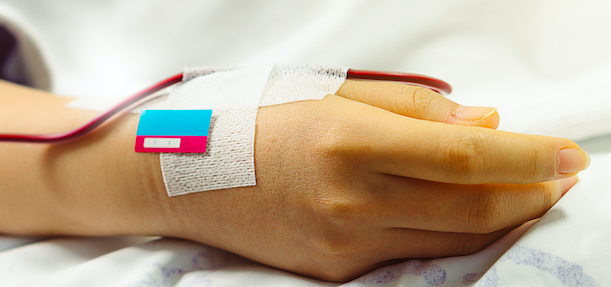
|
|||||||||||||
This side effect may not appear until after 2-3 cycles but once it appears most of the the damage has been done, so it's best to try to prevent it in the first place.The most obvious and severe damage is caused by chemotherapy drugs called taxanes (taxotere and taxol). Milder damage can be caused by the biological agents such as sutent, nexavar, vorient or even herceptin. Some women report that hormone drugs such as tamoxifen and the aromoatase inhibitors can cause the nails to flake. Nail damage can also be caused by fungal infections, acrylic nails, trauma and diseases such as psoriasis. The degree of nail damage depends on:
Types of nail damage:
What can you do to help your nails during chemotherapy ?
[2] Protect the nails; Anecdotal reports have suggested that nail varnish can protect the nails - it certainly covers up the discolouration. Unfortunately, there is little or no evidence that this make any difference. Certainly nail varnish remover and cause further damage and should be avoided. [3] Keep the nails clean short and protected from trauma - wear gloves when gardening or washing the dishes for example. Be extra careful when doing manual work - especially with hammers [4]
Apply a polyphenol rich balm to the nail beds: The most clinically proven
method to protect the nails from chemotherapy is to use a polyphenol rich balm t
the nail beds 1-2 times a day from as early as possible in the chemotherapy
cycle and continue for 1-2 months after it has finished. The UK
polybalm study was designed by a scientific committee in liaison with the
National Cancer research Institute. It is particularly rich in natural
polyphenolic phytochemicals which have several properties which help nails:
In this study, 60 men and women on chemotherapy were randomised to either apply to their nail beds either the polybalm or a placebo. The results published in this years American Society of clinical Oncology conference showed a dramatically favorable effect of polybalm - in fact it virtually eliminated chemotherapy induced nail damage in those who used it regularly. (read more about the polybalm study). It had no side effects or adverse events. This product is now commercially available over the counter (find out more). Ongoing studies are now investigating whether polybalm will have similar dramatic benefits for conditions which effect nails such as psoriasis or fungal infections. It is already widely used to help nails damaged by shellac or acrylic nails |
||||||||||||||
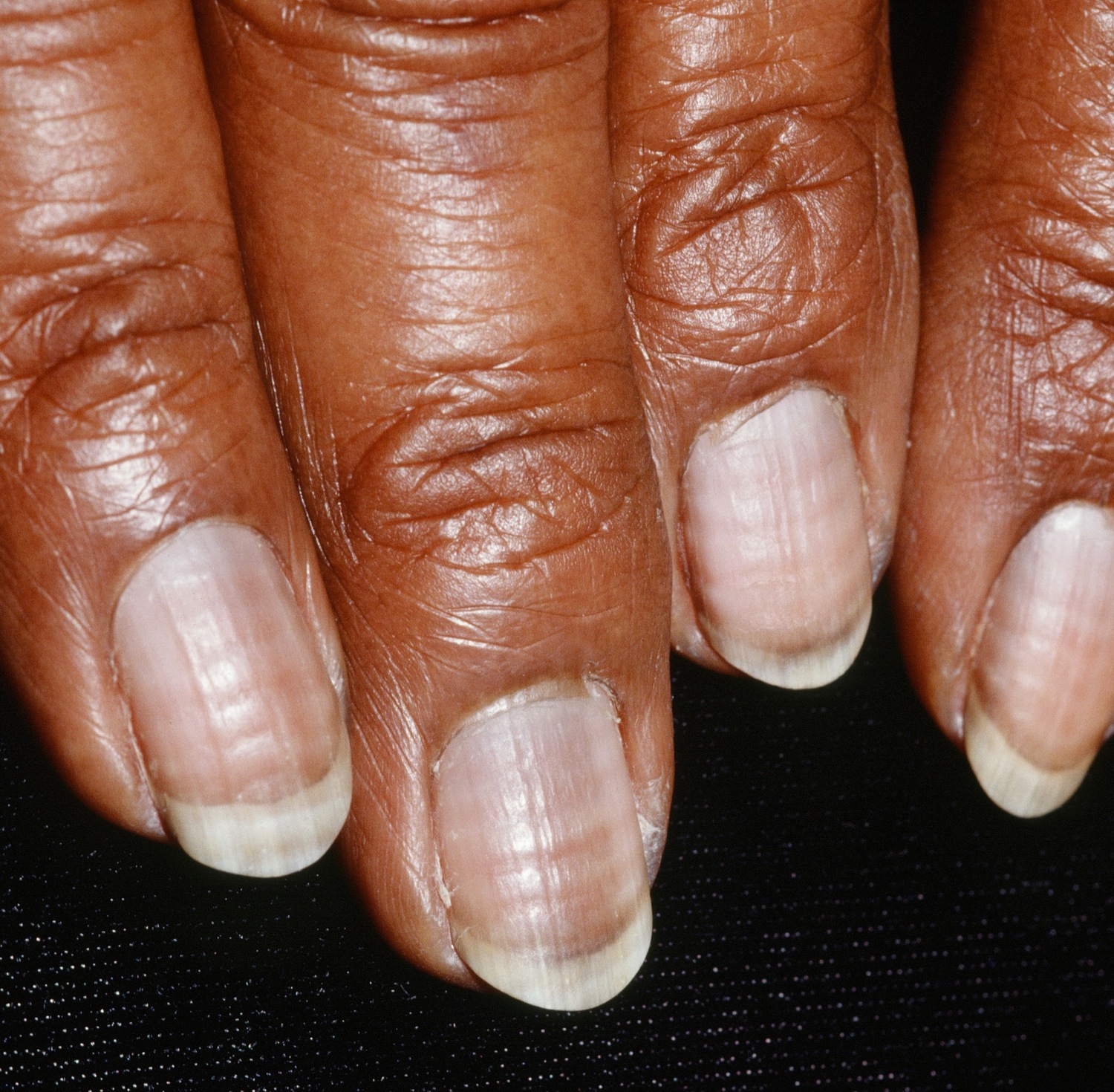
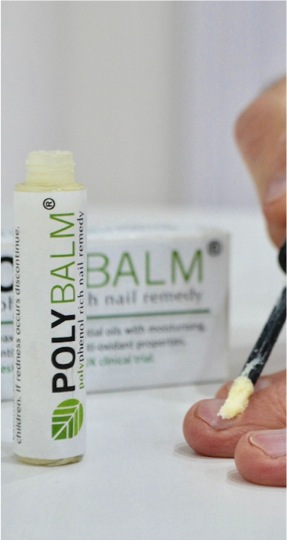
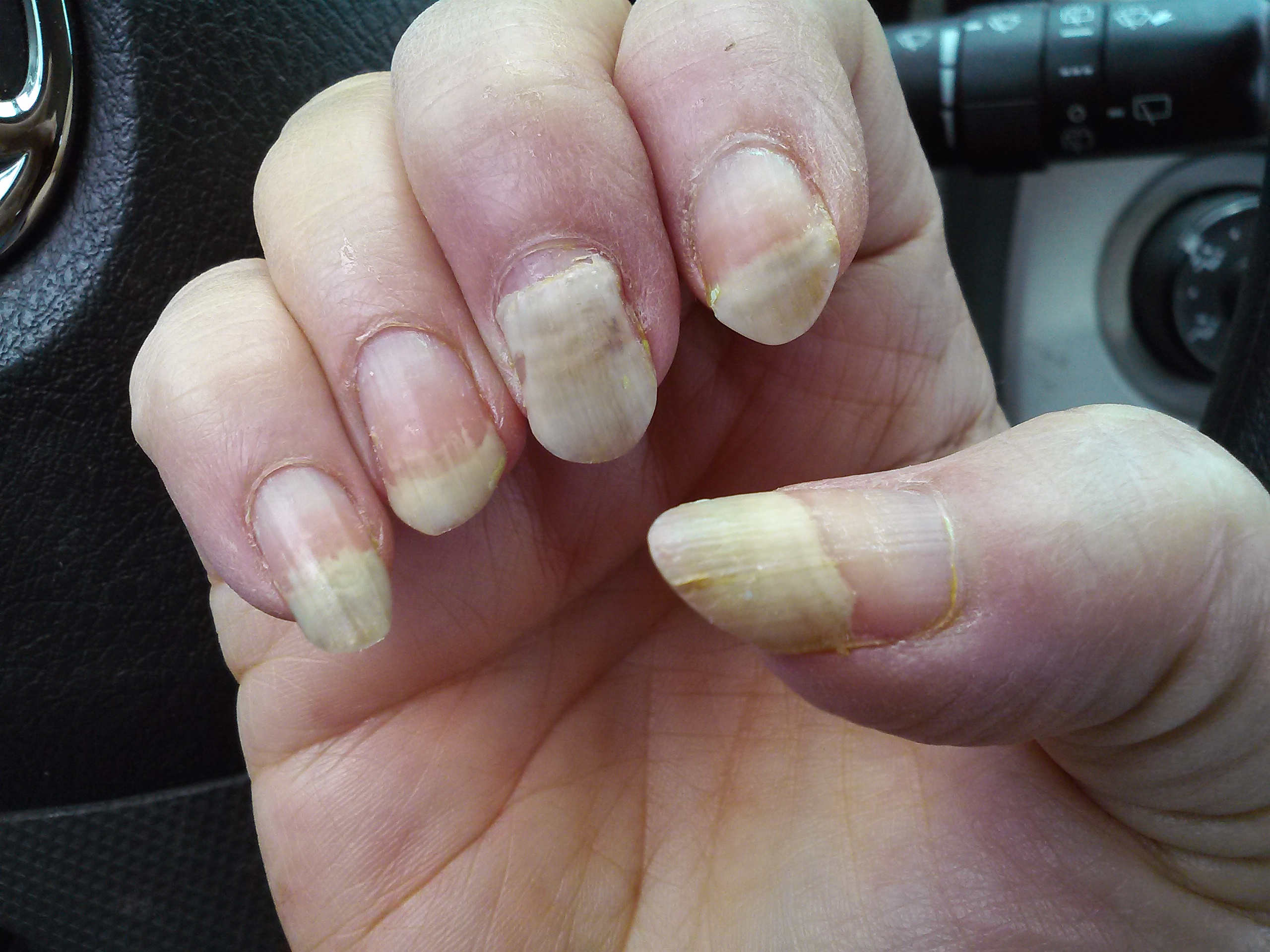
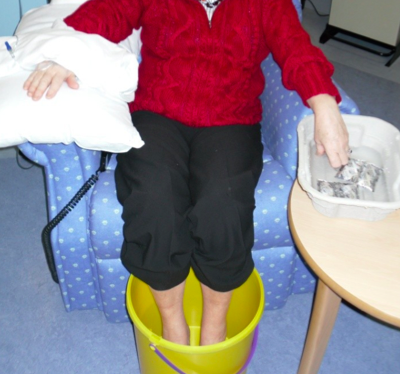 [1] Cool
the nail beds: This involves cooling of the nail
beds during the chemotherapy infusion and for 20 minutes afterwards. This works
by constricting the blood supply (reducing the flow of chemotherapy to the
rapidly dividing nail bet cells. Cooling also slows the metabolism of these
cells making them less susceptible to chemotherapy. They are not popular with UK
nurses as they restrict acces to the hand preventing assessment. You can use
cool water but specifically designed gloves are available. For more
details you can also link to the case report published in the Medical Journal
[1] Cool
the nail beds: This involves cooling of the nail
beds during the chemotherapy infusion and for 20 minutes afterwards. This works
by constricting the blood supply (reducing the flow of chemotherapy to the
rapidly dividing nail bet cells. Cooling also slows the metabolism of these
cells making them less susceptible to chemotherapy. They are not popular with UK
nurses as they restrict acces to the hand preventing assessment. You can use
cool water but specifically designed gloves are available. For more
details you can also link to the case report published in the Medical Journal 




